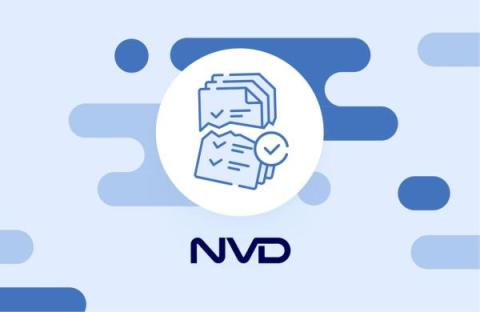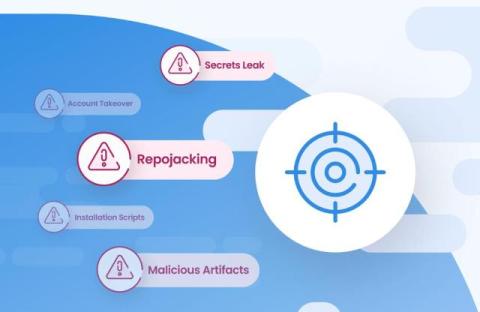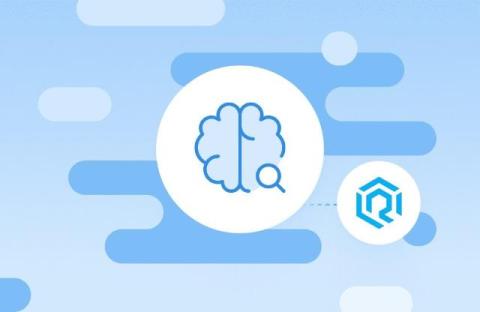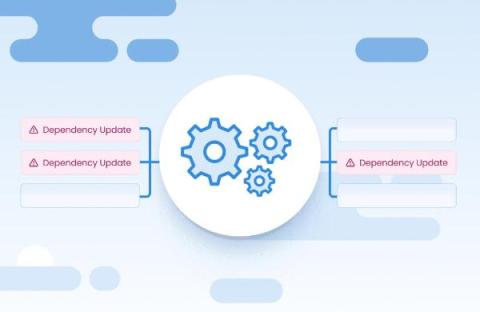Dependency Management vs Dependency Updates: What's the Difference?
It’s not uncommon to hear people refer to updating dependencies as “dependency management”. They’re not wrong; keeping dependencies up to date is a big part of dependency management, but it’s not everything. Read on to learn more about the differences between the two.










